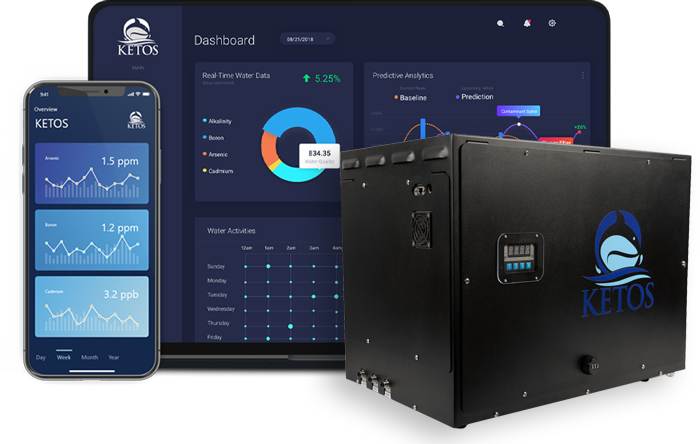Drinking Water and Water Quality
Reduce Lab Costs
Set Threshold Alerts
Track Potential Leaks
Drinking Water and Water Quality
Access to safe, clean, reliable drinking water is a significant concern across the country – and the world. However, recent events have made it clear that, even in first-world countries, it’s essential to have and maintain proper infrastructure and, most importantly, to have policies in place (on the local and national level) that can help protect communities from contamination events and maintain the water quality of drinking water. That’s why efficient, predictable drinking water testing techniques are so important.
As a result of the new revised Lead and Copper Rule and the Flint, Michigan water crisis, particular attention has been paid to lead contamination in drinking water. However, it’s not just lead levels that communities need to be mindful of. Many countries worldwide also face high levels of arsenic, for example, in drinking water supplies or dealing with other heavy metals such as cadmium or chromium. More robust drinking water testing solutions allow operators to test for multiple parameters simultaneously. This helps them get a 360-degree view of their water quality and can help them more efficiently treat and balance water to ensure safe supplies reach every household in their constituency.
The water quality of drinking water matters – and water operators all over the world are tasked with delivering water that is potable, free of contaminants, and safe for human consumption. That’s why many are beginning to turn towards technological advancements in automation, IoT, and data collection. Technology can not only help make drinking water safer – it can reduce usage, chemical applications, and the costs traditionally associated with handling the water quality of drinking water (and its related testing) so that there is less overhead and money can be more wisely spent on upgrading infrastructure and training personnel.

Autonomous Water Quality Monitoring for Drinking Water
KETOS is the only solution providing on-site, lab-accurate data for lead, copper, and other heavy metals in real-time to ensure the safety of drinking water.
KETOS aims to enable municipalities with a water monitoring solution that provides drinking water testing for more than 30 parameters without completely overhauling their infrastructure or requiring organizations to deal with high up-front costs in the face of dwindling budgets.
KETOS is an interoperable, modular solution – meaning water operators can integrate KETOS into their existing infrastructure and have KETOS pull all data into one existing, easy-access cloud platform that can store and disseminate drinking water data. As a result, operators can centralize their approach to monitoring water while having the power to set threshold alerts to help them track potential leaks or contamination that will keep drinking water supplies safe for the communities they serve. And all of this is done under a $0-CAPEX business model where all testing and monitoring is handled (with lab accuracy, in ppb) for pennies on the dollar.
Learn More About KETOS SHIELD
Download the KETOS SHIELD Fact Sheet
"*" indicates required fields

Drinking Water Case Study
Delivering drinking water to communities requires constant work behind the scenes to ensure quality and compliance are maintained. Traditionally, this is a very labor-intensive process, yet it can take time not only to sample but to contract out and receive analysis on the state of water supplies from third-party labs. Discover how one organization in Southern Nevada (serving over 2 million residents) adopted KETOS to gain real-time reporting insights, set on-site threshold alerts, and gain better control of internal processes to save money and time while ensuring better water quality 24/7/365.
KETOS Overview Video
Did you know
Due to a high degree of toxicity, arsenic, cadmium, chromium, lead, and mercury are among the priority metals that are of public health significance.
In April 2021, the Senate and House passed a $35B water infrastructure bill designed to upgrade the country's drinking and wastewater systems.
Since 1986, Congress has banned the use of lead solder (+0.2% lead), and restricted the lead content of faucets, pipes and plumbing materials (to 8.0%). Plumbing that has the potential to contribute lead to drinking water still exists in older infrastructure.
More than one-quarter of all bottled water comes from a municipal water supply – the same place that tap water comes from. Treehugger.com
It’s now recognized that as much as 140 million people in 50 countries have been drinking water containing arsenic at levels above the WHO provisional guideline value of 10 μg/L. World Health OrganizationThe EPA considers arsenic levels to be acceptable at 10ppb in drinking water, while the FDA is considering lowering the acceptable amount in food to 100ppb.
What Water Quality Parameter Do You Test Most Often?
The KETOS SHIELD remotely monitors dozens of water quality parameters. Which one do your water operators test most often?




